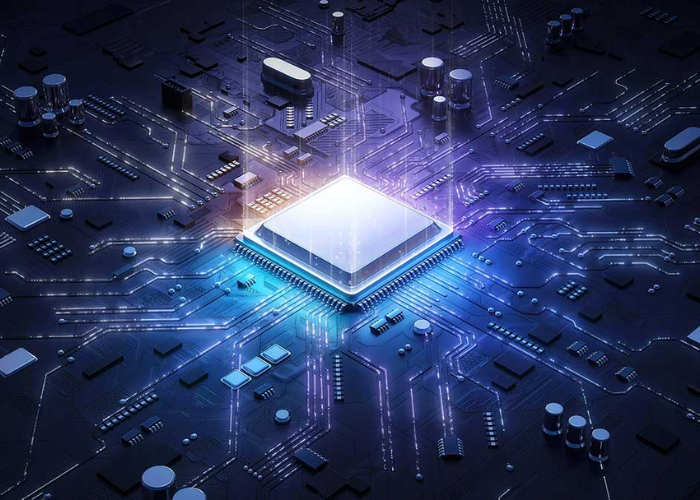The Future of Semiconductors: Miniaturization and Beyond

Semiconductors have been around for a long time and have revolutionized the way modern electronics work. From their humble beginnings in the late 19th century to their current state as the cornerstone of modern computing, semiconductors have been a key player in the development of computer technology. In this blog post, we’ll take a look at the evolution of semiconductors, the miniaturization of semiconductor technology, the challenges and opportunities, and the applications of semiconductors in today’s world.
The Evolution of Semiconductors
The history of semiconductor technology goes back to the late 19th century when German physicist Ferdinand Braun developed the first semiconductor diode. This diode was made from a piece of copper and a piece of selenium, and it was able to convert alternating current (AC) into direct current (DC). This was a breakthrough in the history of electronics and paved the way for the development of more advanced semiconductor technology.
In the early 20th century, scientists began experimenting with different materials to create more efficient semiconductors. In 1948, two scientists, John Bardeen, and Walt, er Brattain, developed the first transistor, a device that could amplify electrical signals. This invention revolutionized the electronics industry and led to the development of the first integrated circuits (ICs) in the early 1950s.
These ICs were made up of many transistors and other components connected on a single chip, and they were much more efficient than the individual transistors. This development allowed for the miniaturization of electronic devices and led to the development of the computer.
Miniaturization in Semiconductor Technology
The development of ICs allowed for the miniaturization of electronic components, which has been a key factor in the advancement of modern computing. As technology progressed, ICs became smaller and more efficient, and this allowed for the development of more powerful computers in a smaller form factor.
This trend has continued over the years, and today’s computers are many times more powerful than those from just a few decades ago, yet they are much smaller and more energy efficient. This is all thanks to the advancements in semiconductor technology.
Challenges and Opportunities
As semiconductor technology continues to advance, new challenges and opportunities arise. For instance, as ICs become smaller and more complex, it becomes more difficult to reliably manufacture them. This has led to the development of more advanced manufacturing techniques, such as 3D printing and nano-scale lithography.
In addition, as semiconductor technology progresses, new applications become possible. For example, semiconductor technology is being used in the development of artificial intelligence (AI) and the internet of things (IoT). As these technologies become more prevalent, semiconductors will play an even more important role in the future of computing.
Applications
Semiconductor technology has a wide range of applications in today’s world. In the consumer electronics industry, semiconductors are used in the production of televisions, smartphones, and other devices. In the automotive industry, semiconductors are used in the production of cars, trucks, and other vehicles. In the medical industry, semiconductors are used in the production of medical devices, such as pacemakers and other implantable devices.
In addition, semiconductor technology is also used in the production of industrial and military equipment, such as robots and drones. Finally, semiconductors are also used in the production of solar panels and other renewable energy sources.
Conclusion
Semiconductors have come a long way since their invention in the late 19th century. From their humble beginnings as a device that could convert AC to DC, to their current role as the cornerstone of modern computing, semiconductors have been a major factor in the advancement of computer technology. In this blog post, we’ve taken a look at the evolution of semiconductors, the miniaturization of semiconductor technology, the challenges and opportunities, and the applications of semiconductors in today’s world.



